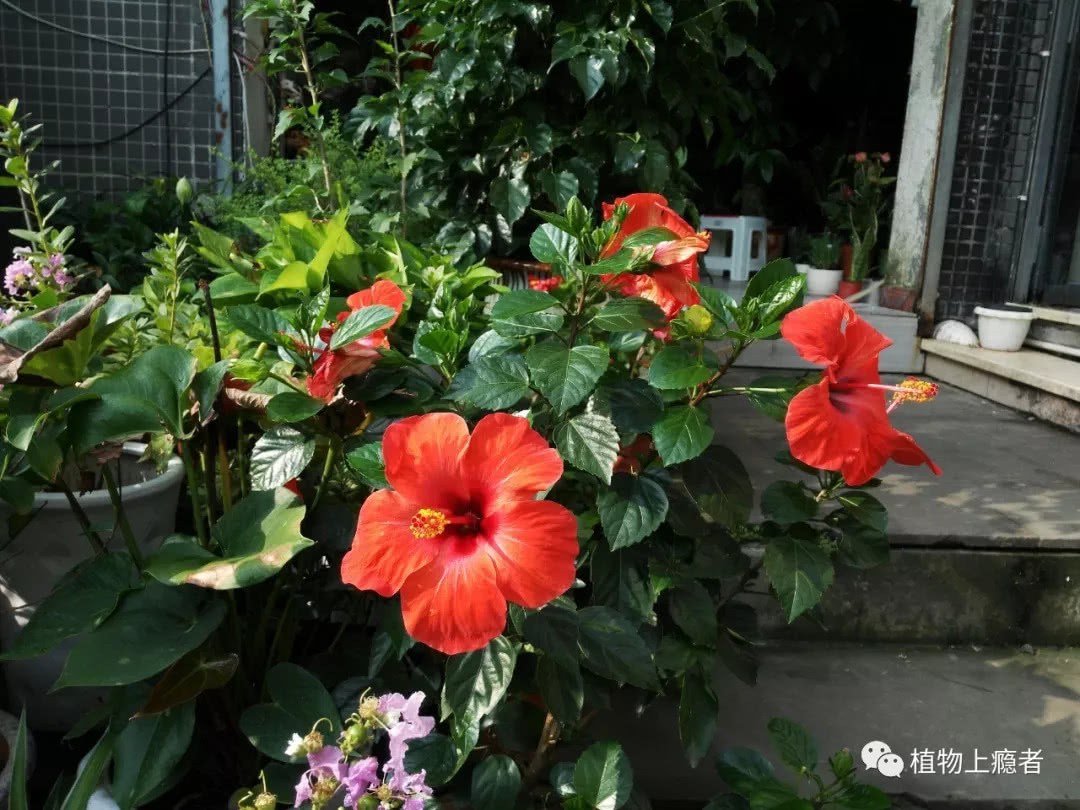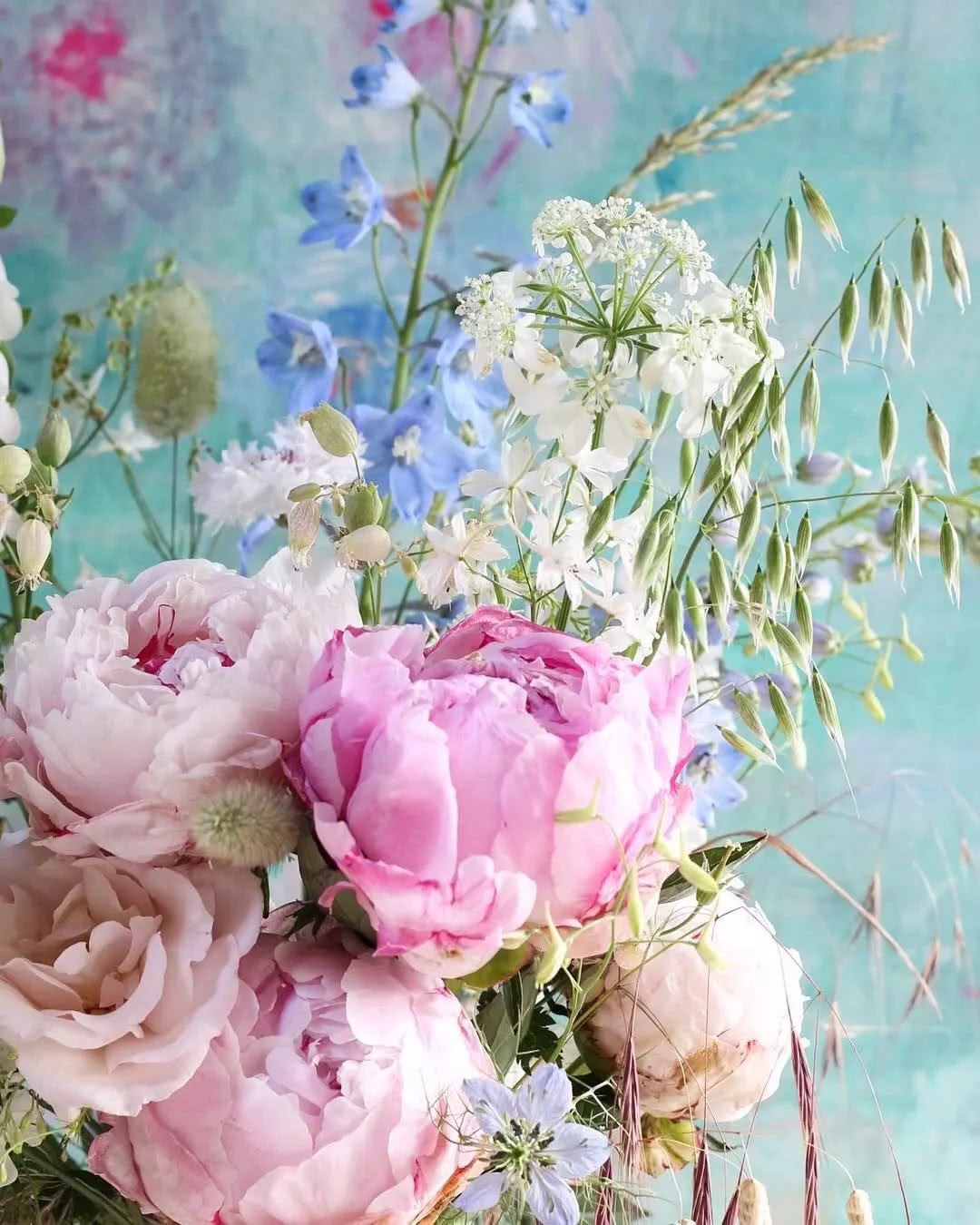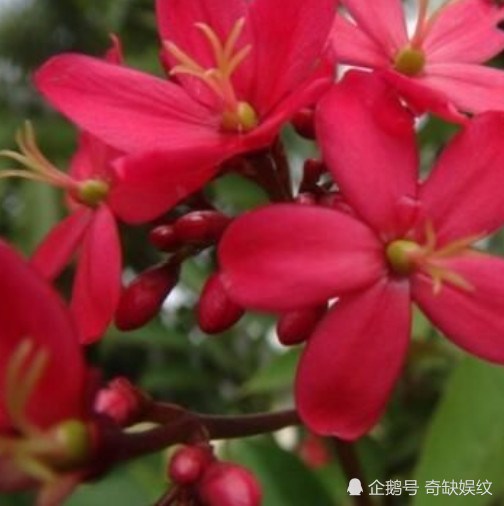In front of its 1700 detailed archives, I have a sense of powerlessness in the face of AlphaGo.

Hibiscus hibiscus
Hibiscus rosa-sinensis
Hibiscus of Malvaceae
Evergreen shrub
Hibiscus has always been a "flower of other people" to me.
I have met it in many places: the roadside of Zengjiayan Zhou Mansion in Chongqing, the Nanshan Botanical Garden, the garden of neighborhood neighbors, the flower market near home, and the streets of Spain and Portugal. All kinds of colors and patterns.
To tell you the truth, the hibiscus flowers are big and colorful, and even in the family Malvaceae, where celebrities gather together, the appearance is quite high. But it seems that I have been almost predestined with it.
I have always had a problem: a kind of plant must be touched and dissected before it can be officially known before we can start a real relationship. Mother said, in fact, it has been planted at home before, but I don't remember it at all. It was not until recently that I had a chance to pick the first hibiscus (still stolen) and watch it carefully.
This is an authentic hibiscus, with five imbricate petals as red as blood. The flower is ten centimeters in diameter, wider than the palm of my hand. The connate staminal column protrudes the petals from afar, and the anther is inserted on the upper part of the stamen column, reniform, T-shaped, and sprinkled with golden pollen after pollination. The pistil is pierced from the stamen column, and the stigma is divided into five branches, like five small red fluffy balls, very eye-catching.
The petals of this bright red hibiscus are more round. The following one was taken in Chongqing Nanshan Botanical Garden last summer. It is also bright red, but the petal tip is wavy, the whole flower is drooping, and the flower is more graceful and delicate.
Flowers solitary in axils of upper leaves, often drooping
Staminal column protruding from petals
The genus name Hibiscus of hibiscus comes from the Greek name hibiskos of a swamp mallow, and the addition word rosa-sinensis means "Chinese rose". But today, hibiscus is not only red, but also pink, yellow and white.
Pedicel proximally articulate, bracteoles 6-7, linear; calyx campanulate, lobes 5
Double gardening is a little difficult to distinguish, especially when you only look at the pictures, because the flowers are wrinkled. At this time, you can look at the leaves: hibiscus leaves are usually divided, hibiscus leaves are not divided, only the upper half of the leaf edge is coarsely serrated, a bit like mulberry leaves, alias Fusang, this is how it comes from.
Double hibiscus
It should be noted that, as a plant name, Fusang first appeared in the Book of Mountains and Seas. But this Fusang is not the other Fusang, this legendary divine tree, according to expert research, its prototype is Betula platyphylla (Betula platyphylla). The real term "Fusang" refers to the shrub of hibiscus, which begins with Li Shizhen's Compendium of Materia Medica: "there is a Fusang tree in the East China Sea, and its leaves are like mulberry, because it is compared with it."
Ye is like mulberry leaves, hence the name Fusang.
There is a kind of flower that is the most difficult to write, because it has a long history and every pore has been studied thoroughly, so it is difficult to write new ideas. Such as plum blossom, peach blossom, camellia, and hibiscus. In my Greater China, Zhu Jing's records have been accumulated for 1700 years. No matter what kind of information you want to know, a search on the Internet will have a detailed answer. This issue is very difficult to write, and I feel Li Shishi's sense of powerlessness in the face of AlphaGo.
Pick a few classics and share them. The earliest records can be traced back to the "vegetation of the South" written by Han Han in the Western Jin Dynasty in 304 AD:
"its flowers are dark red like hibiscus, which is called hibiscus. The stems and leaves are like mulberry, the leaves are bright and thick, the tree is four or five feet high, and the branches and leaves are whirling. It blossoms in February and stops in the middle of winter. Its flowers are crimson, five out, as big as hollyhocks. There is a stamen, longer than flowers and leaves, decorated with gold shavings, Shuo by the sun, suspicious as a flame. Above a clump, hundreds of flowers bloom in the day, open and dusk, cut branches and live, out of Gaoliang County. One is red hibiscus, the other is Japanese. "
This record is very classic and informative:
First, hibiscus is closely related to hibiscus and hollyhock, and the flowers are very similar.
Second, the characteristics of twilight and twilight are the same as those of hibiscus, but it is said that there are many improved hybrid varieties that can open for two or even three or four days.
Third, the flowering period of hibiscus is very long, nearly all the year round.
Fourth, Gaoliang County, that is, the area of Maoming and Yangjiang in Guangdong Province. It shows that hibiscus has its own tropical genes. no wonder Nanning in Guangxi, Maoming in Guangdong, Yuxi in Yunnan and Kaohsiung in Taiwan have all chosen it as the city flower. In Malaysia, the national flower known as the "Great Safflower" is also hibiscus.
In particular, "there is a stamen, decorated with gold shavings, Shuo by the sun, doubt if Yansheng," these four sentences are very vivid. Hibiscus is a unique dynamic beauty, which I haven't even noticed. It's very nice.
The "Hongmei" chapter of the Bei Hulu of the Tang Dynasty highway records the eating method in detail, which is the gospel of the foodies:
"the plum of Lingnan, smaller than Jiangzuo, is picked by people, mixed with hibiscus flowers, and exposed with salt. The plum is dyed by hibiscus flowers, and its color is lovely."
It is said that foreigners still eat the tender leaves of hibiscus. I wonder if this style is too Chinese.
Writing the poems of Hibiscus is even more sweaty, and it is entirely possible to hold a theme poetry conference. I picked a few contestants at random, and it's up to you who writes the best.
The article and plant pictures (except for the origin) are all original by the author.
Your retweet compliment is the greatest support for me.
Plant addict
WeChat account: plantfiend
Discover the unique beauty of each plant
- Prev

Your opening flower basket that used to cry is so foreign now?
Two days ago, there was a barber shop opening downstairs, and two rows of opening baskets were placed at the door. The barber did not kill Matt, but changed the open flower basket to kill Matt, red and green, ribbon fluttering, really ugly to see ah the times are making progress, but very.
- Next

Do you know what is the longest blooming flower in the world?
Many people like to keep a pot of flowers in their homes as an ornamental. The blooming time is generally short. Do you know the longest flowering period? These flowers are undefeated all the year round. The Daily Baby, also known as Qinye Coral, is known as.
Related
- Wuhan Hospital Iron Tree Blooming Result Was Instantly Frightened by the Gardener Master
- Which variety of camellia is the most fragrant and best? Which one do you like best?
- What is the small blue coat, the breeding methods and matters needing attention of the succulent plant
- Dormancy time and maintenance management of succulent plants during dormancy
- Minas succulent how to raise, Minas succulent plant pictures
- What are the varieties of winter succulent plants
- How to raise succulent plants in twelve rolls? let's take a look at some experience of breeding twelve rolls.
- Attention should be paid to water control for succulent plants during dormant period (winter and summer)
- Watering experience of twelve rolls of succulent plants
- Techniques for fertilizing succulent plants. An article will let you know how to fertilize succulent plants.

